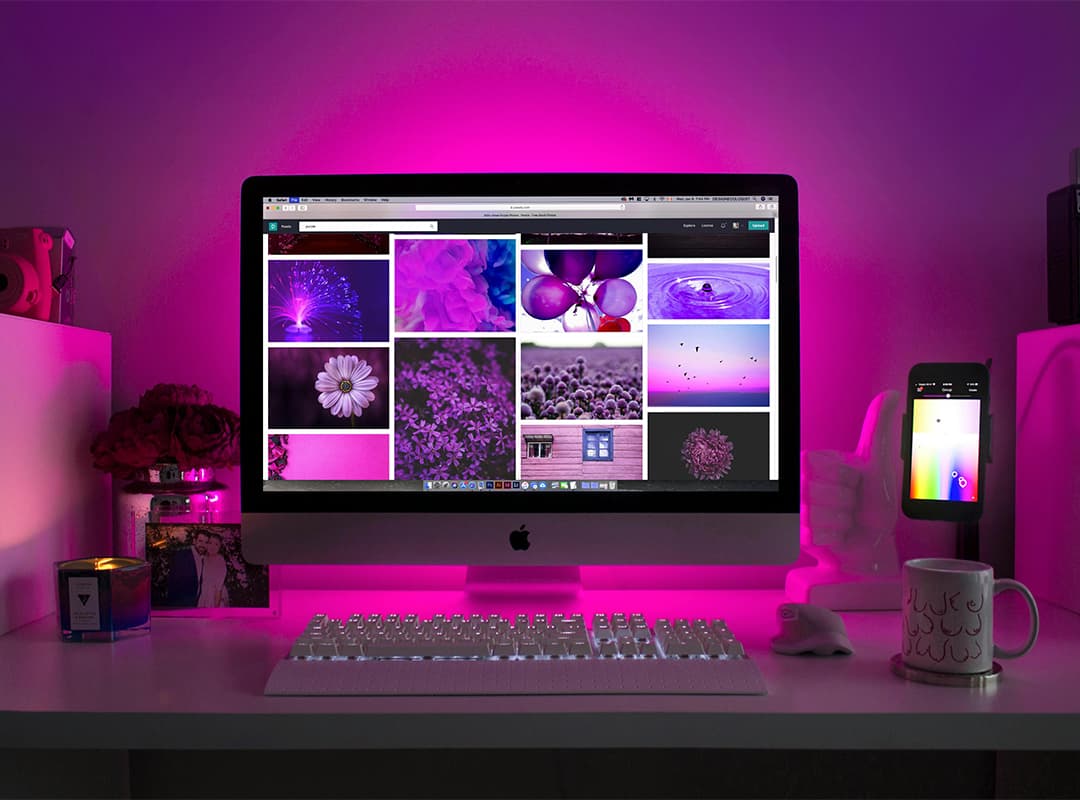Color is one of the most powerful elements in logo design. It has the ability to evoke emotions, shape perceptions, and influence decisions—often subconsciously. Whether you’re creating a logo for a new business or rebranding an existing one, understanding the psychology of colors can help you select the perfect palette.
Even if you’re using a free logo creator, knowing the impact of colors ensures your logo effectively communicates your brand’s message and values.
Why Colors Matter in Logos
Colors do more than make your logo look appealing; they tell a story about your brand. Different colors evoke different feelings and associations, which is why choosing the right palette is crucial for creating a memorable and impactful logo.
The Impact of Colors on Branding
- Recognition: Colors help customers instantly recognize your brand. Think of Coca-Cola’s red or Facebook’s blue—both are synonymous with their respective companies.
- Emotional Connection: Colors trigger emotions and create a bond between the brand and its audience.
- Differentiation: A unique color scheme helps you stand out in a crowded market.
The Psychology of Popular Logo Colors
1. Red
- Associations: Passion, energy, excitement, urgency.
- Best For: Food, retail, entertainment, and sports brands.
- Example: Red stimulates appetite, making it a favorite for fast-food chains like McDonald’s and KFC.
2. Blue
- Associations: Trust, reliability, professionalism, calmness.
- Best For: Tech, finance, healthcare, and corporate industries.
- Example: Tech giants like Facebook and Intel use blue to convey trustworthiness and stability.
3. Yellow
- Associations: Optimism, warmth, happiness, creativity.
- Best For: Child-focused brands, lifestyle products, and hospitality businesses.
- Example: Brands like IKEA and Subway use yellow to evoke positivity and energy.
4. Green
- Associations: Growth, nature, health, sustainability.
- Best For: Eco-friendly brands, health and wellness, and outdoor industries.
- Example: Whole Foods and Starbucks use green to emphasize nature and well-being.
5. Black and White
- Associations: Sophistication, luxury, timelessness, simplicity.
- Best For: High-end brands, fashion, and technology.
- Example: Brands like Chanel and Apple use black and white for an elegant, minimalist look.
6. Orange
- Associations: Creativity, enthusiasm, friendliness, affordability.
- Best For: E-commerce, startups, and youth-oriented brands.
- Example: Amazon uses orange to convey energy and accessibility.
7. Purple
- Associations: Royalty, imagination, luxury, mystery.
- Best For: Beauty, premium products, and spiritual or educational brands.
- Example: Companies like Cadbury and Hallmark use purple for a touch of sophistication.
How to Choose the Right Colors for Your Logo
- Understand Your Brand Identity
Ask yourself: What emotions do you want your audience to feel? Your brand’s mission and values should align with your color choices. - Consider Your Target Audience
Different demographics respond to colors in unique ways. For example, younger audiences may prefer vibrant, playful colors, while professionals might gravitate toward muted tones. - Analyze Industry Trends
While it’s important to stand out, understanding common color schemes in your industry can help ensure your logo feels appropriate. - Use a Free Logo Creator to Experiment
Tools like a free logo creator let you test different color combinations in real-time. You can quickly see how various palettes look in action and decide which one fits your brand best. - Test Your Palette
Ensure your logo’s colors look good on various mediums, such as websites, business cards, and social media. Also, check how it performs in both color and black-and-white formats.
Choosing the right colors for your logo is a vital step in creating a strong and memorable brand identity. By understanding the psychology of colors and their impact on your audience, you can craft a logo that communicates your brand’s message effectively.
Ready to bring your vision to life? Use a free logo creator to experiment with palettes, shapes, and designs until you find the perfect combination that represents your brand. With the right colors, your logo can become a powerful tool for connection and recognition.
